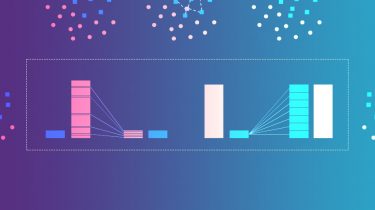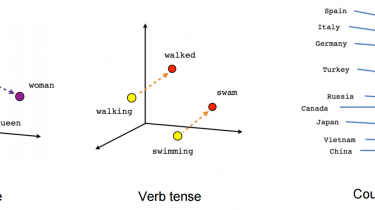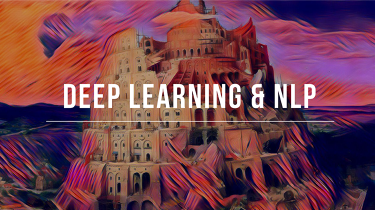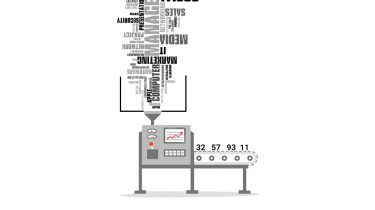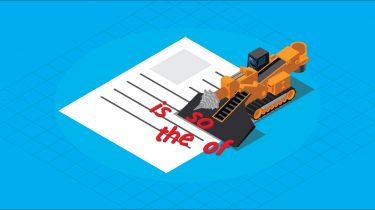Learn how to Build your own Speech-to-Text Model (using Python)
Overview Learn how to build your very own speech-to-text model using Python in this article The ability to weave deep learning skills with NLP is a coveted one in the industry; add this to your skillset today We will use a real-world dataset and build this speech-to-text model so get ready to use your Python skills! Introduction “Hey Google. What’s the weather like today?” This will sound familiar to anyone who has owned a smartphone in the last decade. […]
Read more

